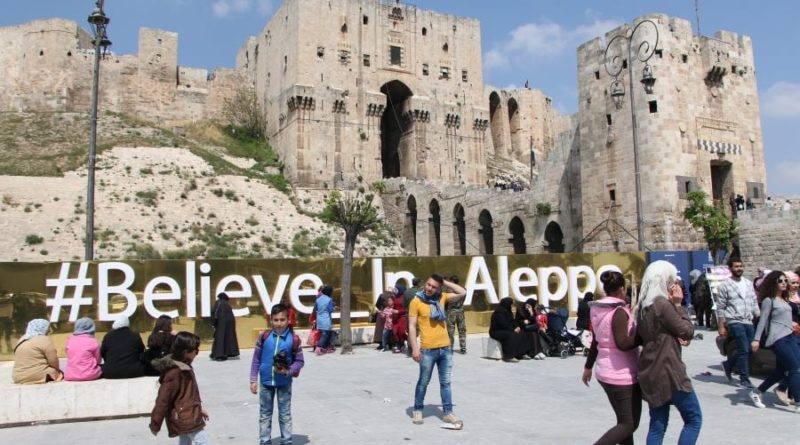Part 2 of War Against Syria: Syria is Not a “Shithole” Country
date: February 18, 2021
by: Janice Kortkamp
Part 2 of the “War Against Syria” series (myth busting the narratives of the conflict): Syria is not a “shit hole” country.
I hate that term – to me it represents both extreme ignorance and arrogance. In my life and travels I’ve seen how there is good and bad, beauty and ugliness everywhere.
______
Introduction and overview
There is not one single American I’ve ever met (other than people of Middle East background and those I’ve come to know because of Facebook) who’s had any idea whatsoever of what Syria is like. None. Those who watch and read “the news” are far more ignorant of reality than those who don’t actually as their perceptions have been colored by endless images of bombed out buildings and victims.
While the death and destruction is all too real, it is a partial – and misleading – picture only of the wonderful, amazing country I’ve come to love and think of as my second home. I gave my background and bio in the first article of this series which I’ve linked at the bottom of this post but here is a detailed list of where I’ve been in Syria on my seven journeys from May 2016 to November 2019:
Damascus (7 times), Homs (6x), Aleppo (4x), Lattakia (2x), Palmyra (2x), Ma’aloula (4x), Sednayah, Bosra, Sweida, Tartous and Arwad, Hama, Masyaf, Deir Ezzor, Al Mayadeen, Safita, Wadi al Nasara, Deir Mar Musa el-Habashi, Slunfeh, and Kessab. I’ve seen the largest cities, many of the smaller towns, and several villages.
I’ve met with hundreds of Syrians from all major people and religious groups, male and female, including: scientists, doctors and nurses, government and non-governmental leaders, professors and students, school administrators, teachers and children, housewives, business and factory owners and workers, historians and archaeologists, artists and craftsmen, musicians and dancers, poets and philosophers, soldiers and officers, actors, farmers, journalists, internally displaced people, humanitarian aid workers, orphans, and widows – as well as political opposition members, families of men fighting against the Syrian government, even a former sniper for the group Ahrar al-Sham[i]. My objective has been to spend time with as broad a spectrum of the diverse population that comprises the tapestry of Syrian society as possible.
Former US Marine Brad Hoff, who knows Syria well and loves it also, introduced Syria like this in his must-read article called, “A Marine in Syria: Silhouettes of Beauty and Coexistence before the Devastation”.[ii]
Excerpt
IRAQ, LIBYA, SYRIA… Countries ripped apart through sectarian and political violence in the aftermath of cataclysmic external interventions: American invasion and occupation in Iraq, NATO intervention in Libya, and international proxy war in Syria. Mere mention of these countries conjures images of sectarian driven atrocities and societal collapse into the abyss of a Hobbesian jungle. And now it is commonplace to just assume it’s always been so. Increasingly, one hears from all corners of public discourse the lazily constructed logic, “but they’ve always hated each other”… or “violence and conflict are endemic to the region.” But it was not always so — I found a place of beauty, peace, and coexistence in a Syria that is now almost never acknowledged, and which risks being forgotten about. But Syrians themselves will never forget.
(End excerpt)
In 2007, Diane Sawyer spent a week in Syria, enthusiastically reporting on its secular society, respect and protection for all religions, freedom and rights for women. Only one of her several reports is still available on YouTube.[iii]
In 2009, the British car show “Top Gear” visited Syria and Jeremy Clarkson described Damascus as, “Sad to be leaving what has gone straight in at number five in the list of all-time great cities, Damascus.”[iv]
In 2010, Charlie Rose in one of his interviews with President Dr. Bashar al-Assad, said anyone wanting to do business in the Arab world was heading to Damascus.[v]
Also in 2010, Syria was listed as one of the top countries in the world for personal safety by RealClearWorld, part of Gallup Polls.[vi]
In 2012, a Syrian man approached BBC reporter Lyse Doucette on camera, saying, “You are not telling the truth about Syria.”[vii]
In 2014, Msgr. Giuseppe Nazzaro, former apostolic visitor to Aleppo and former Custodian of the Holy Land, said this (quoted in the Catholic World Report article called, “ISIS, Assad, and What the West is Missing About Syria):
Excerpt
[Assad] opened the country up to foreign trade, to tourism within the country and from abroad, to freedom of movement and of education for both men and women. Before the protests started, the number of women in the professional world had been constantly increasing, the university was open to all, and there was no discrimination on the basis of sex. The country was at peace, prosperity was on the rise, and human rights were respected. A common home and fatherland to many ethnicities and 23 different religious groups, Syria has always been a place where all were free to believe and live out their creed, all relationships were characterized by mutual respect. The freedom that is purportedly being brought to us by the rebels is precisely what this rebellion has taken away from us.[viii]
(End of excerpt)
________
Basic truths most Americans don’t know about Syria
Syria is not an “iron curtain” country. Americans I’ve spoken with are under the impression that Syria is a kind of closed-off country where the people only have access to state run media. This is 180 degrees opposite of reality; it is critical to understand that Syrians are not isolated in terms of information. Bashar al-Assad brought the internet into the country, and it’s been fully open and available to everyone ever since. The only time the internet has been restricted is during university exam periods and a handful of major battles.
Syrians learn either French or English in school and many speak two or more languages proficiently. Before the war they traveled freely to and from Europe, the US, and other western countries (before those countries restricted them) – often studying, doing business or working there. Also before the war, Syria was becoming one of the fastest growing tourist destinations in the world. Safety and security reasons of course made tourist visas difficult to obtain during the conflict, yet thousands of people from western countries have gone during the conflict. I’ve organized six small group tours of fellow western truth seekers.
Syria is a model for what the US/West *says* they want in the Middle East. When evaluating personal freedoms, human rights, and democratic structures – although there are many deficiencies in those areas – Syria is a hundred years or more ahead of America’s largest Arab ally, Saudi Arabia. One important point to remember is that until the violence began in 2011, there were no floods of refugees from Syria, in fact I have several friends who had moved back from the States or from Europe as Syria was going through an era of renewed hope and prosperity.
Syria has had a constitution since the 1920’s. Their current secular constitution was popularly ratified in 2012.[ix] Saudi Arabia has no constitution (neither does Israel) – Saudi royals, absolute dictators (whose power has been guaranteed by the US/UK in perpetuity for their family line), rule their country by a harsh, intolerant and brutal version of Sharia law.
Women have basically equal rights and opportunities in Syria. Not only are they free to wear what they wish, whether shorts and tank tops or burkas, women are at the highest levels in government, academia, science, the military, the arts, and business. In fact, their Vice President is a woman.
Religions are protected and respected including Christianity, as well as all sects of Islam; and all religious groups are well represented at every level and aspect of society. A Christian man is the current leader of the Parliament and the leader before him was a woman. Jews still live there though only a handful remain. I met the Rabbi of Damascus and his wife a few years ago and neither had any intention of leaving their homeland. I believe they’re still there.
In addition to the citizens ratifying the constitution, there are elections for parliament and president; Saudi Arabia’s rulers have no elections for leader of course. The most recent Syrian Presidential election was held in 2014 which Bashar al-Assad won by a landslide. The results were ridiculed and condemned by the US and other western countries; however the results among the Syrians in Lebanon – where there are no Syrian Army troops – mirrored those within Syria itself. In fact, the length of the line in Beirut was so long they had to keep the polls open an extra day. Syrians were dancing, singing, carrying signs of Bashar al-Assad while Western journalists, stunned by the outpouring, tried to make it appear they were coerced. Most Western governments had forced the closure of Syrian embassies in their countries before the 2014 elections making it impossible for ex-pats there to vote; and others like France, Germany and Belgium banned Syrians from voting.[x] Many were so determined to show their support for their president however, they hired private planes and flew into the Damascus airport to cast their ballots.
Family is the foundation of Syrian society and multiple generations usually live together or nearby each other. They meet, share meals and conversation on a daily basis typically. Education is highly respected and Syria had been investing heavily into improving both their education and healthcare systems – things almost every Syrian I’ve met speak about with pride.
______
Summary
Syria is a country, not a conflict – a country which breaks all the stereotypes most Americans have of the Middle East. It is a country for tourists, not terrorists.
Syria is beautiful. The landscapes often remind me of southern California with its dramatic coastline and beaches on the Mediterranean; high, often snow-capped mountains that separate it from Lebanon; green and fertile valleys and hills; and the large desert-like steppe that occupies the eastern half.
Syria is ancient. There are few countries that can compete with Syria in terms of archaeological and historic wonders and journeys there are travels through time. The sites were being studied, preserved, and open to all until the war came. Then they were under attack, and so many have been damaged, looted, or destroyed outright by the “moderate rebels” backed by the US and its allies. Brave archaeologists made heroic efforts to save what artifacts they could. Since most of the fighting has stopped, several museums have been repaired and re-opened to the public.
Syria is also modern. The large cities are vibrant and cosmopolitan and feel totally ‘normal’ for western visitors. Damascus, least damaged of the three major cities (Damascus, Aleppo and Homs) has the Opera House, museums, nightclubs, art galleries, fine restaurants, luxury hotels, and all the other amenities many visitors seek in addition to the lure of the must-see sites in the historic Old City. Homs and Aleppo are slowly rebuilding the areas devastated during the war.
Syria is welcoming. Everywhere I’ve gone, when people find out I’m from the US, they inevitably say, “American? We love America! We hate your government but we love your people!” It is common to get invitations to share coffee, tea or a meal from strangers you’ve met just moments before. With each new friendship usually comes a sense of being a recently discovered member of the family – embraced, fed until you pop, and nursed if you’re feeling tired or ill from travel. The cuisine is healthy and delicious. Being showered with their hospitality during these times of such great hardship and suffering is humbling in the extreme, making each encounter unforgettable.
I hope you will sit back, relax, and wander through these photos – just a sample of the thousands I’ve taken on my trips during the war from 2016 to 2019 – and ask yourself if maybe there might not be more to Syria (and by extension, the war there) than you know? I’ve been in too many areas of destruction and in some tight spots myself, but these pics are important to show there’s more to Syria than the “news” shares with you.
Thank you for reading.
[i] Janice Kortkamp. 2018. Interview with former sniper for Ahrar al-Sham. https://www.syriaresources.com/interview-with-former-sniper-for-ahrar-al-sham/
Janice Kortkamp. 2021. Part 1 of War Against Syria: Conspiracies Exist. https://www.syriaresources.com/part-1-of-war-against-syria-conspiracies-exist/
[ii] Brad Hoff. 2015. A Marine in Syria. https://medium.com/@BradRHoff/a-marine-in-syria-d06ff67c203c
[iii] Diane Sawyer in Syria. 2007 https://www.youtube.com/watch?v=AKHUpkM7P9I
[iv] Top Gear and Damascus. 2009 (shown in 2010) https://www.youtube.com/watch?v=nNFcbLUaDmc
[v] Charlie Rose interview with Bashar al-Assad. 2010. https://www.youtube.com/watch?v=3XA5090ZRus
[vi] Real Clear World Top 5. 2010. https://www.realclearworld.com/lists/top_5_personal_safety_countries/syria.html
[vii] Syrian to BBC Reporter (2012): “You are not telling the truth about Syria” https://www.youtube.com/watch?v=JKjsjEJDMUk
[viii] The Catholic World Report. 2014. ISIS, Assad, and What the West is Missing About Syria. https://www.catholicworldreport.com/2014/12/15/isis-assad-and-what-the-west-is-missing-about-syria/
[ix] Syria’s constitution: https://www.constituteproject.org/constitution/Syria_2012.pdf?lang=en
[x] BBC News. 2014. Syria election: Refugees vote in Lebanon and Jordan. https://www.bbc.com/news/world-middle-east-27599868
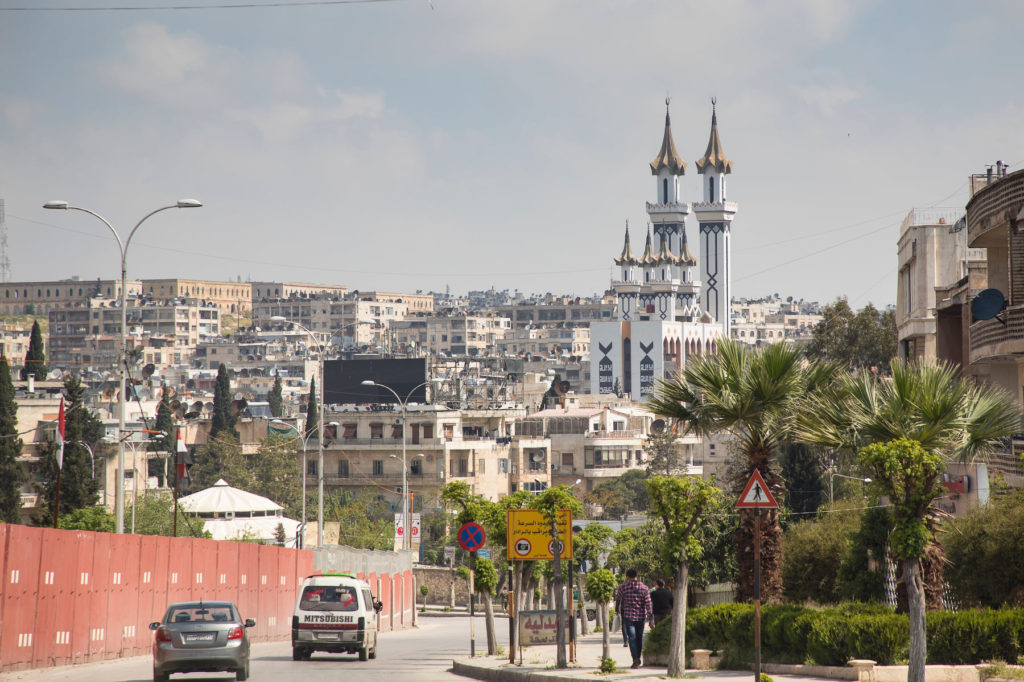
Aleppo now 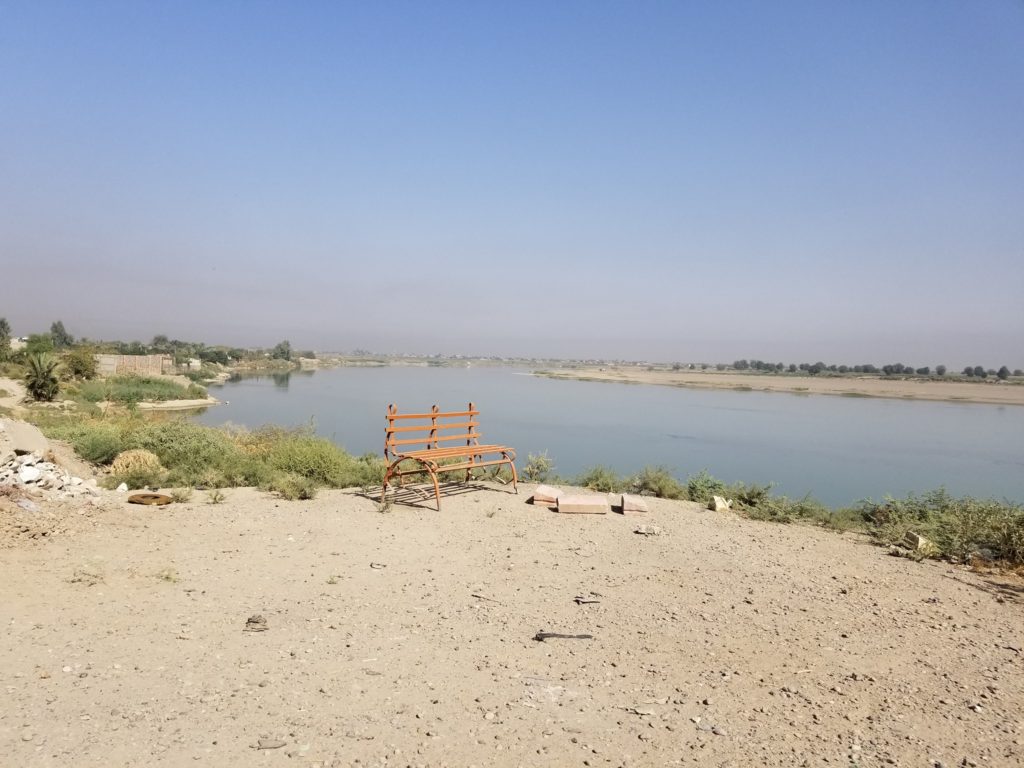
Euphrates River in Al Mayadeen – ISIS is on the other side 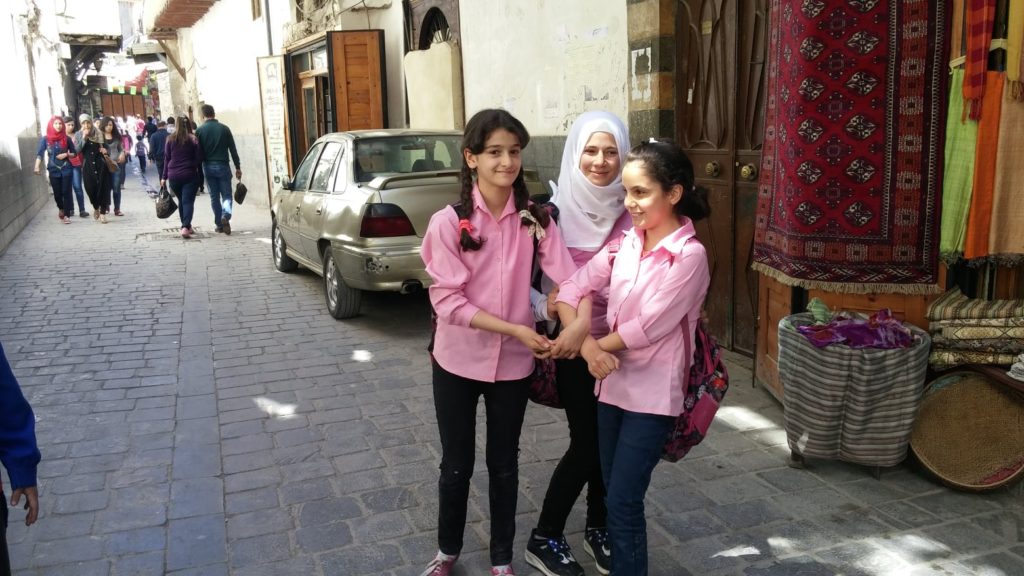
Young girls in Old Damascus 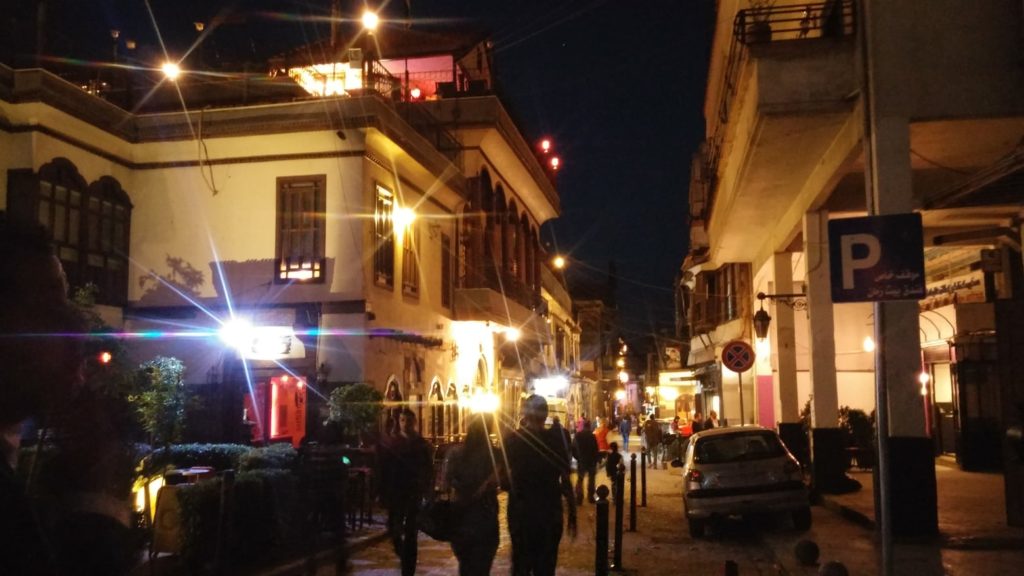
Old Damascus at night 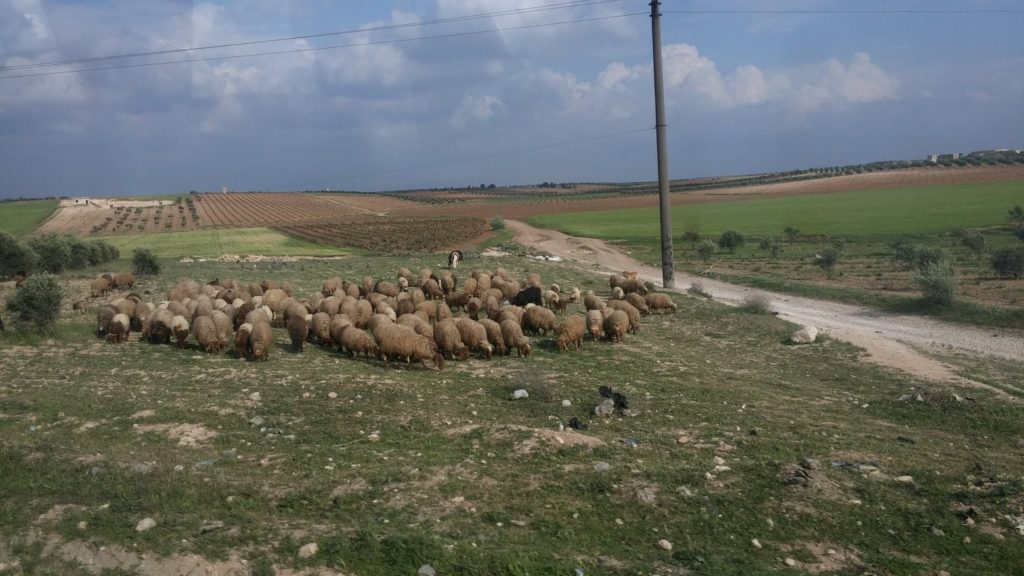
Countryside near Homs 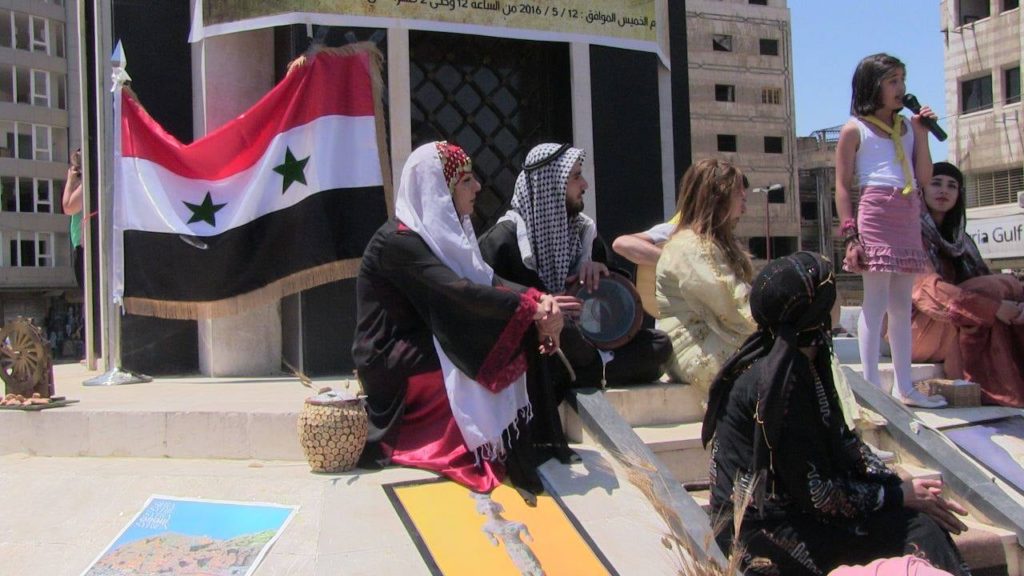
Show to honor Syria’s history and diversity in Homs 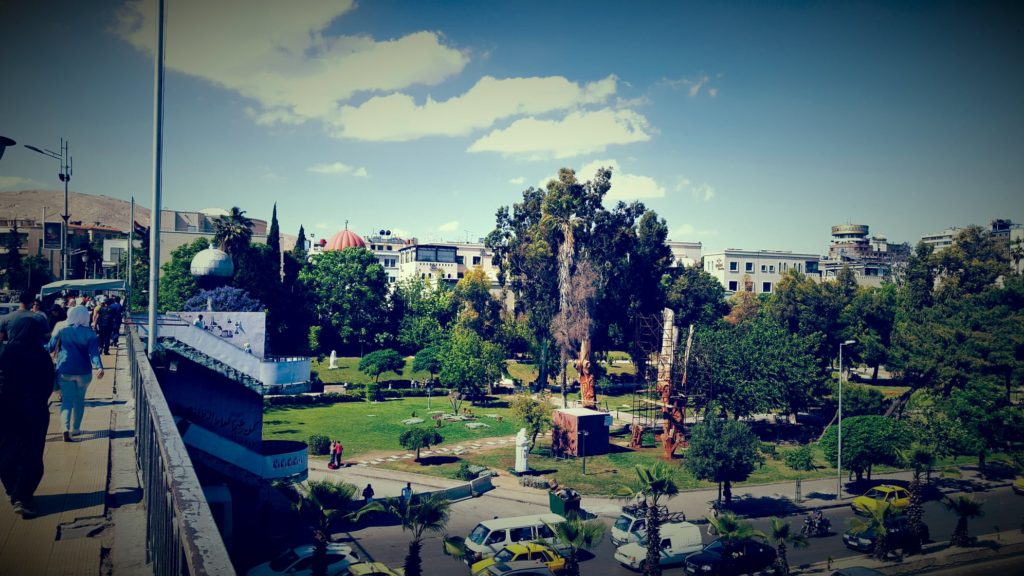
President’s Bridge Damascus 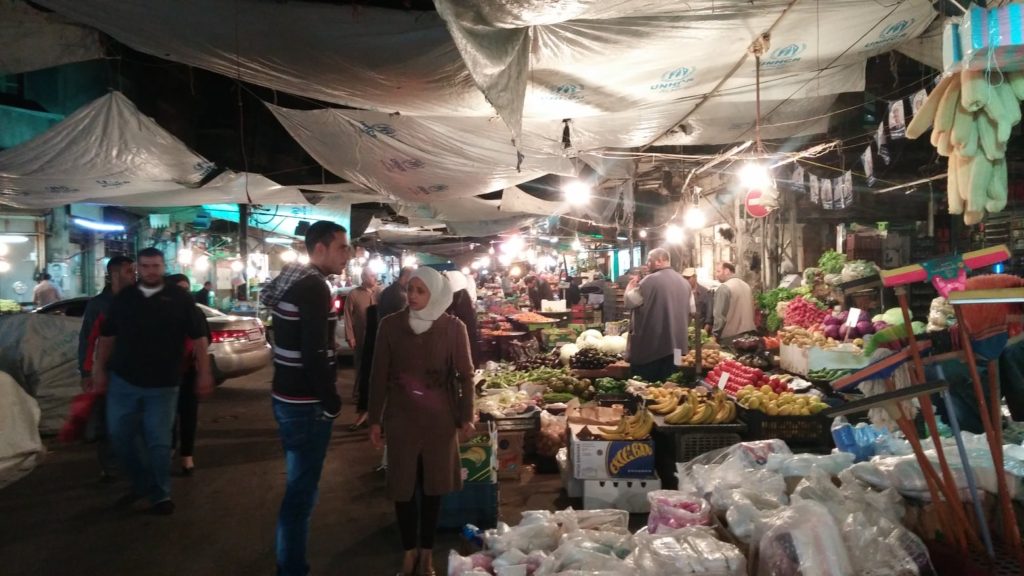
Food market Damascus 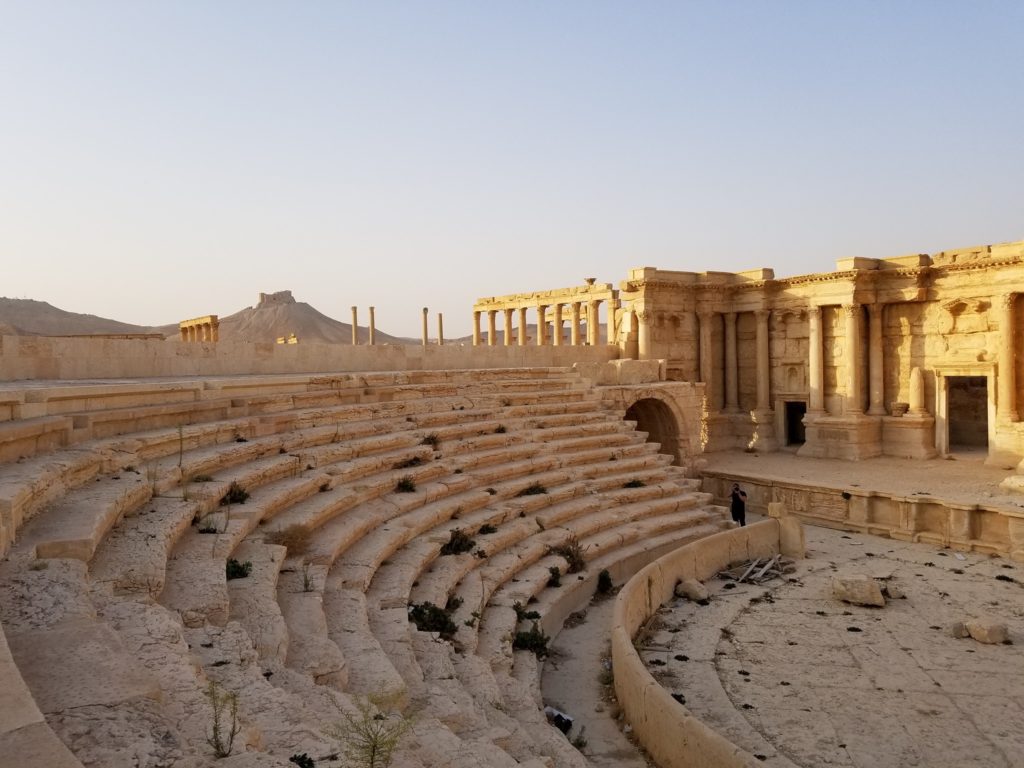
Palmyra 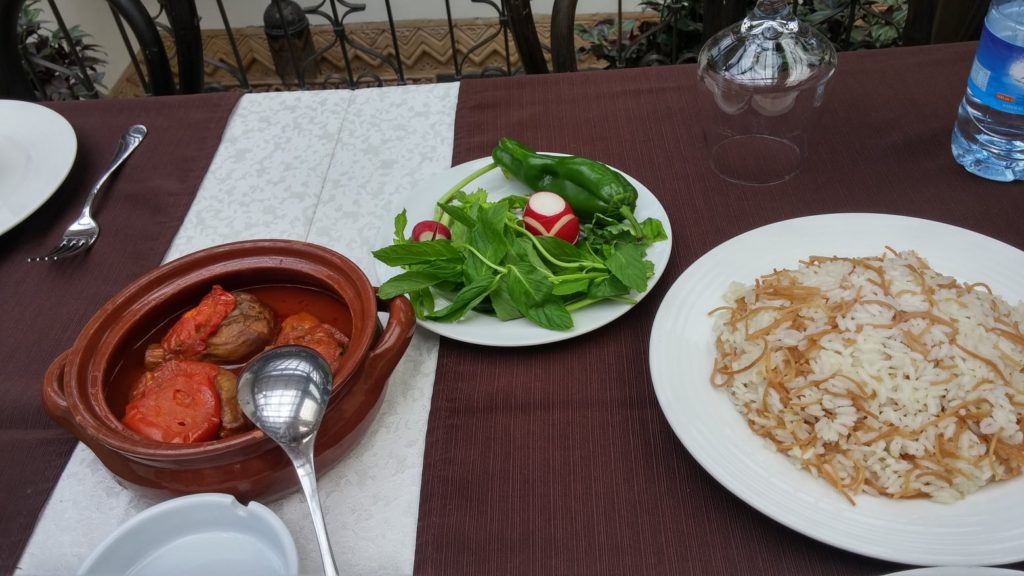
Delicious Syrian cuisine 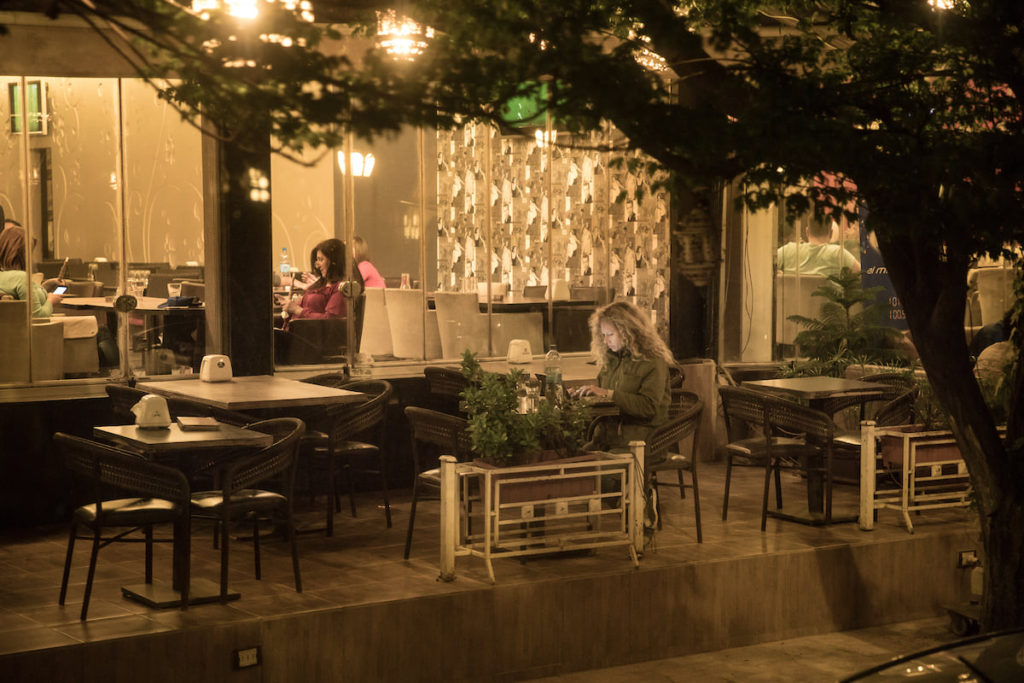
Cafe in Aleppo 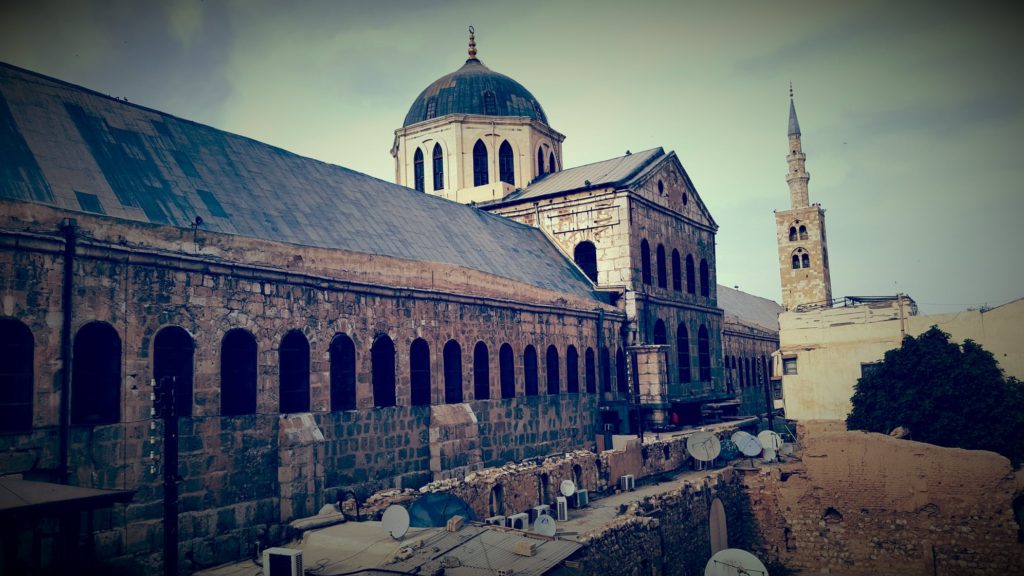
Umayyad Mosque Damascus 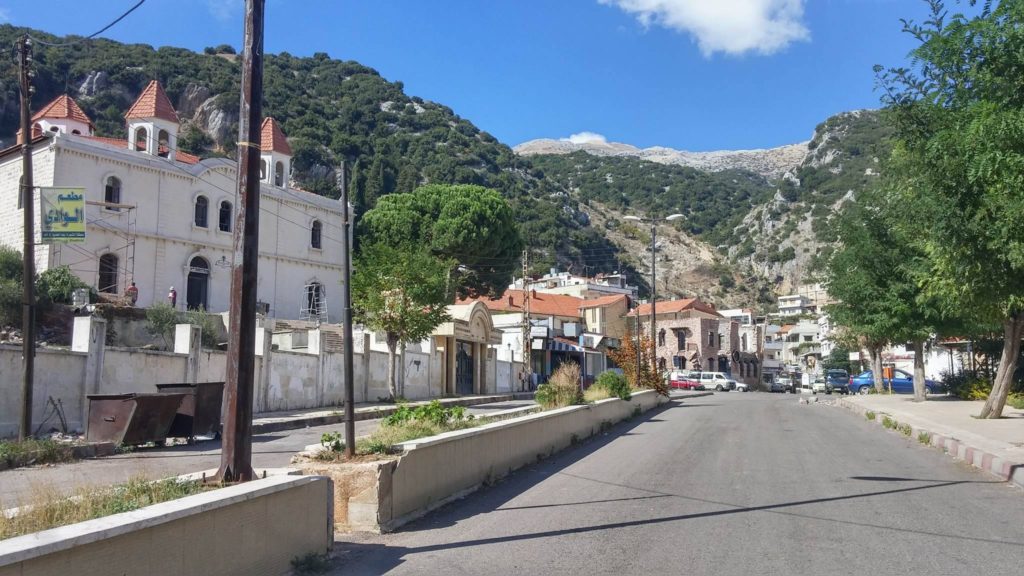
Kessab 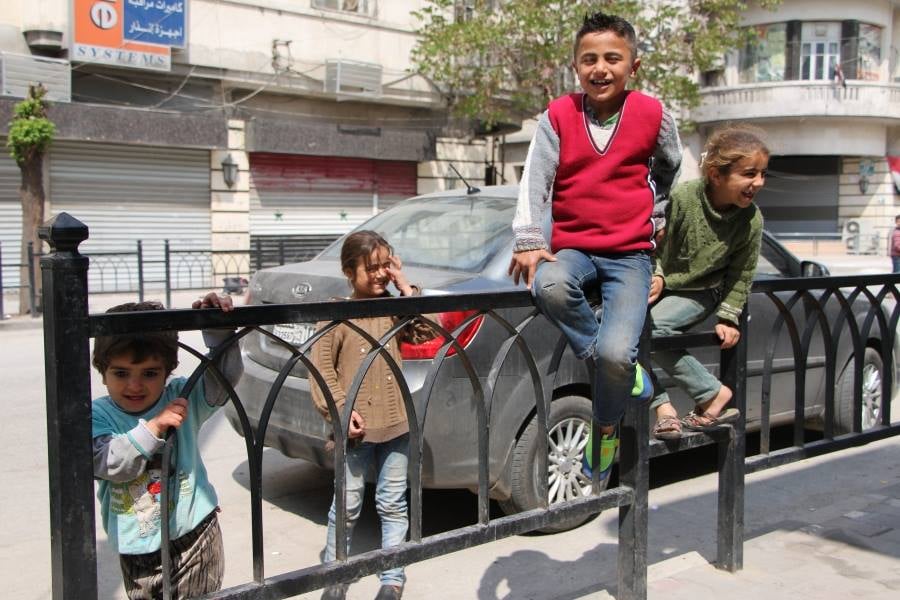
Aleppo 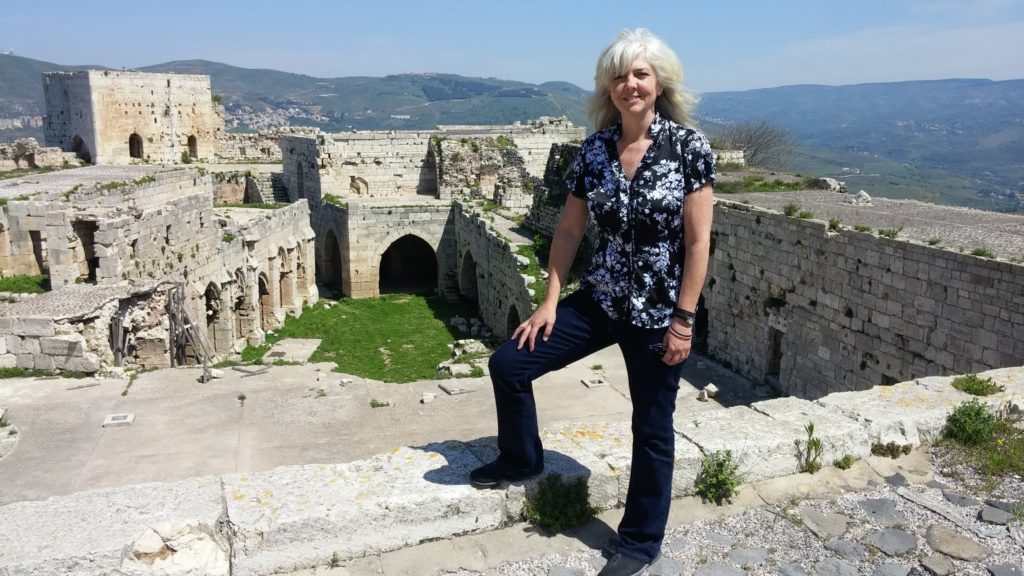
Krak des Chevaliers castle near Homs 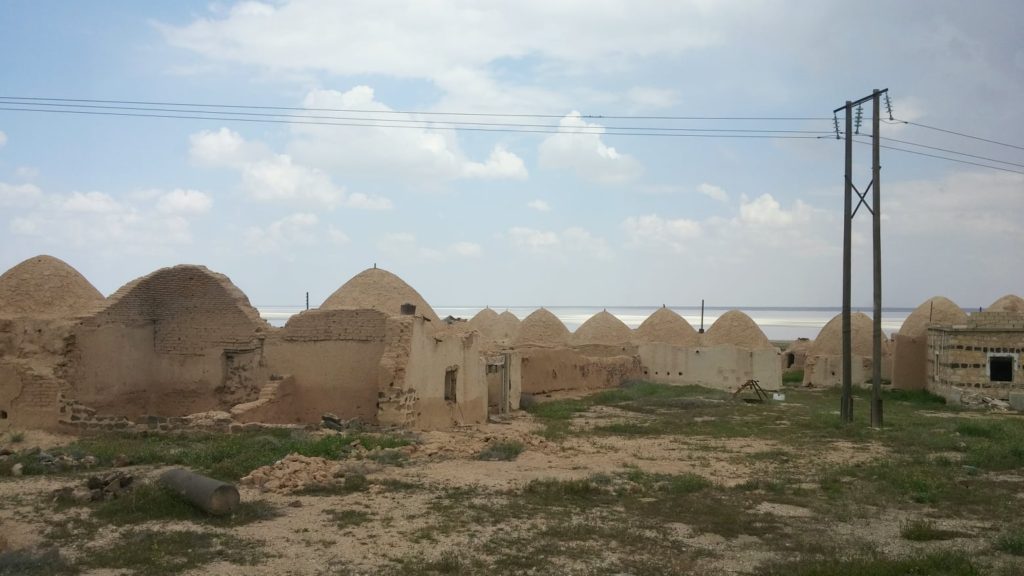
Traditional beehive village near Aleppo 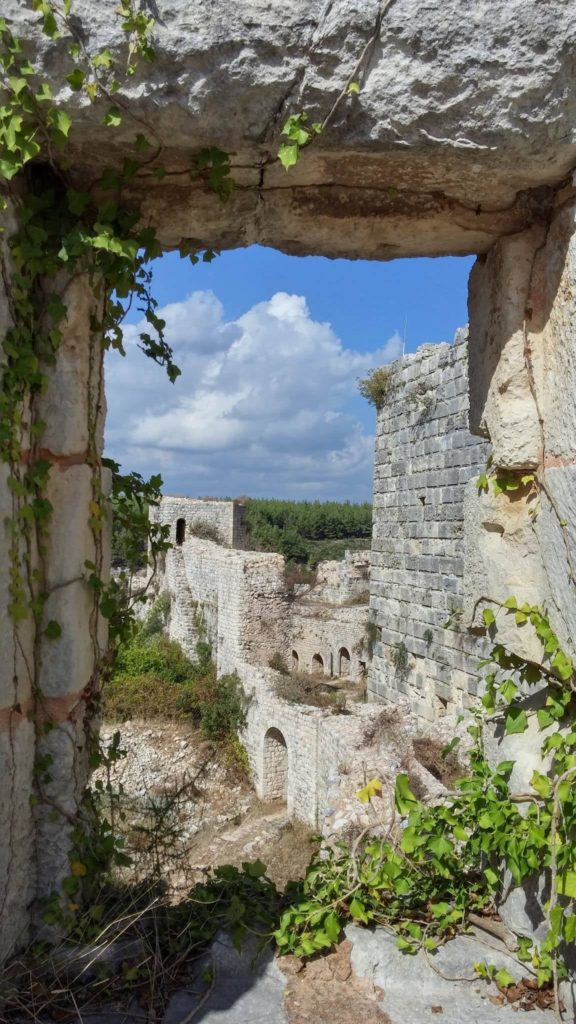
Saladin’s Castle in Lattakia 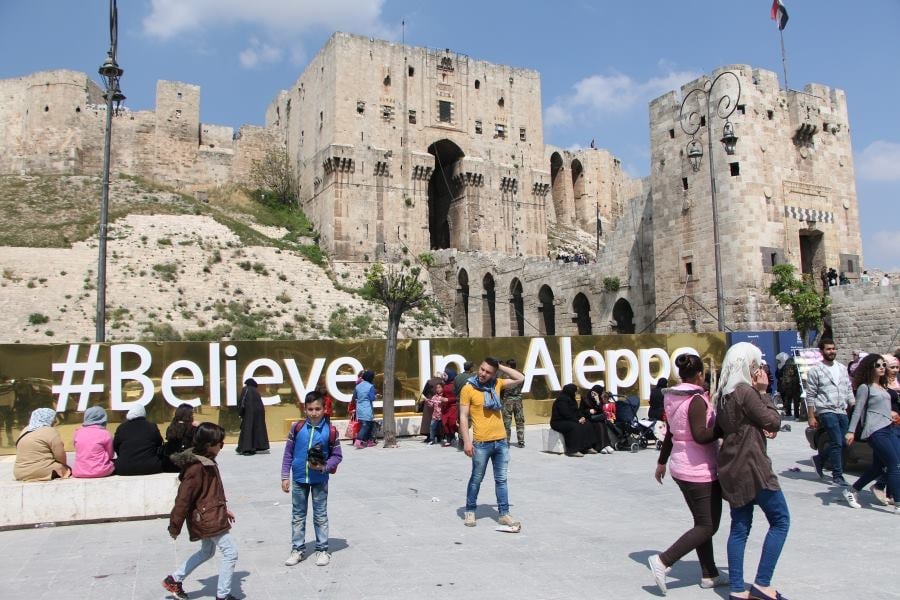
Aleppo Citadel 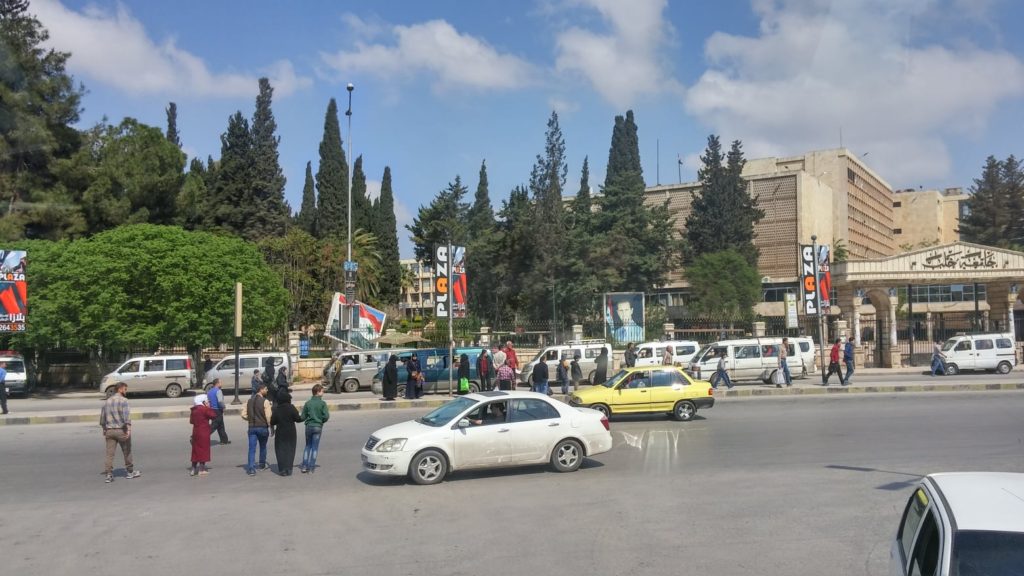
Aleppo near the university 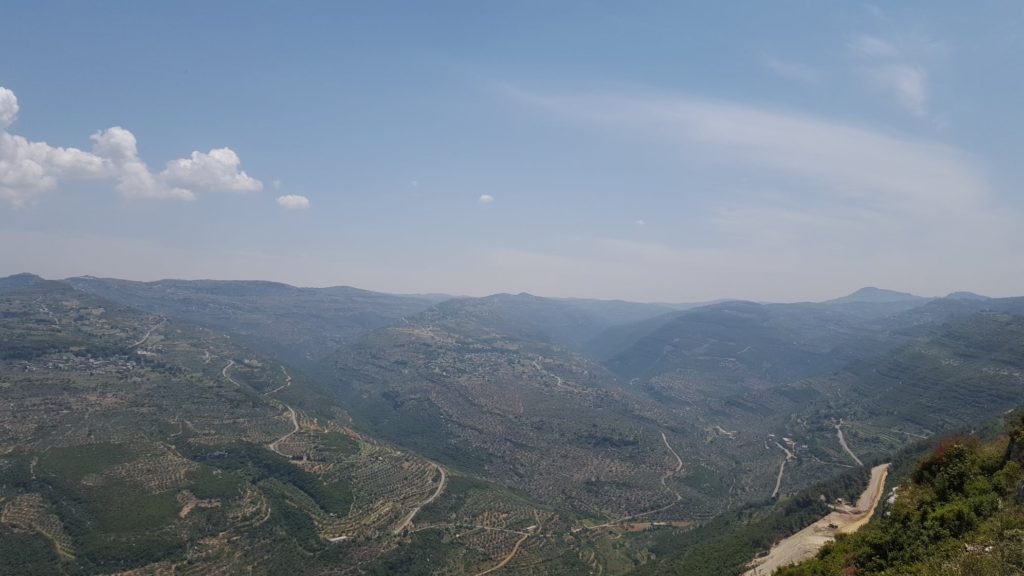
Countryside near Homs 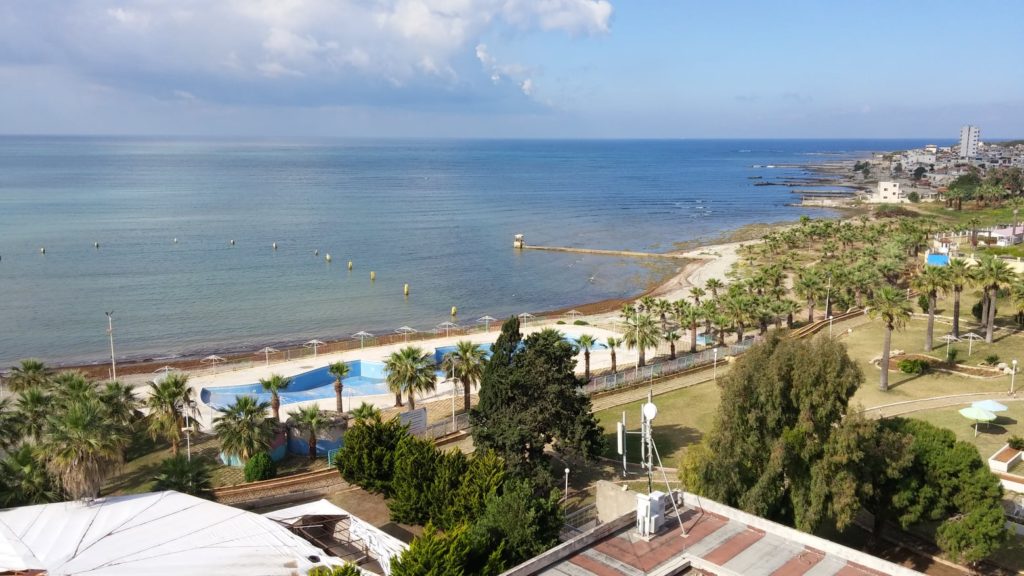
Coast in Lattakia 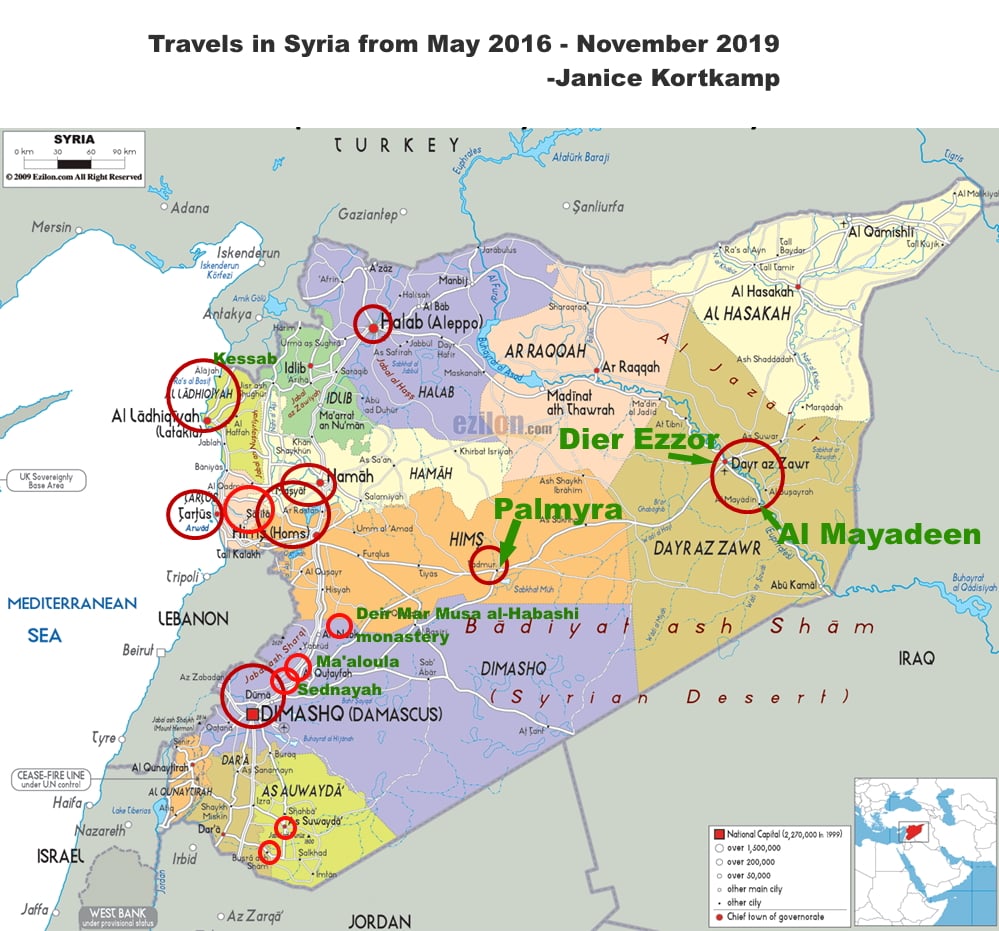
Map of my travels 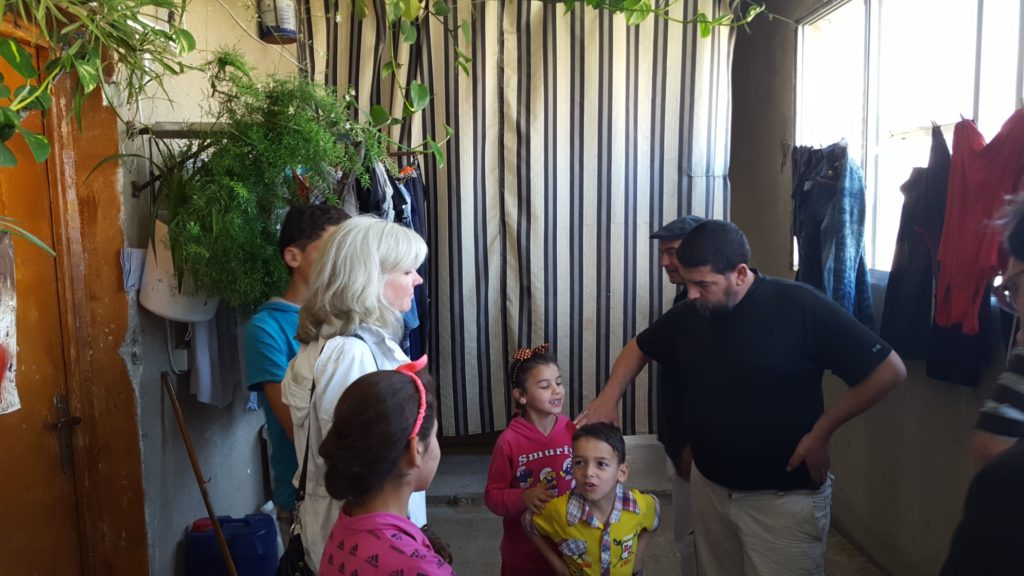
Meeting with IDP’s displaced from their homes by terrorists who took over Idlib 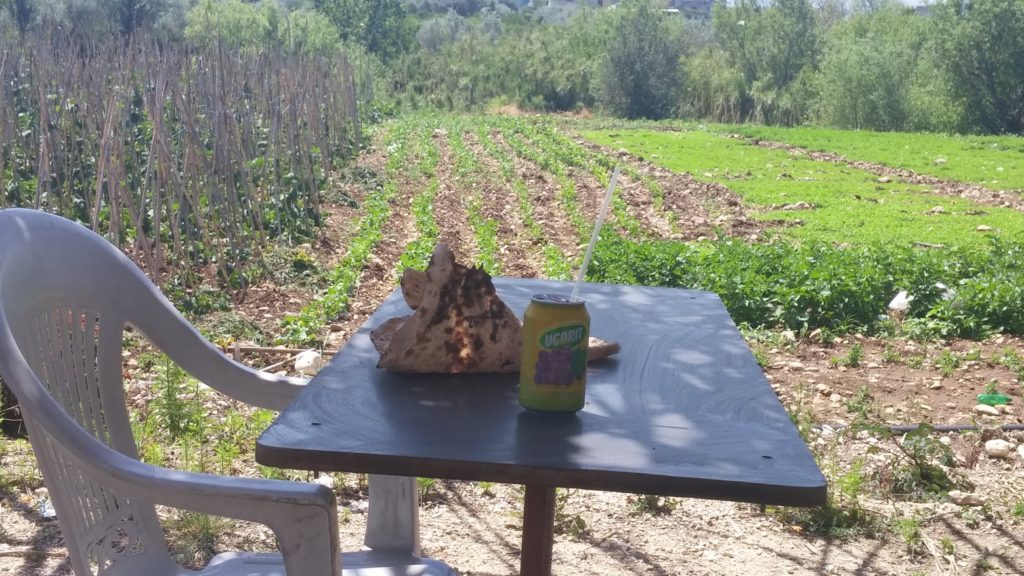
Simple roadside stop for delicious bread 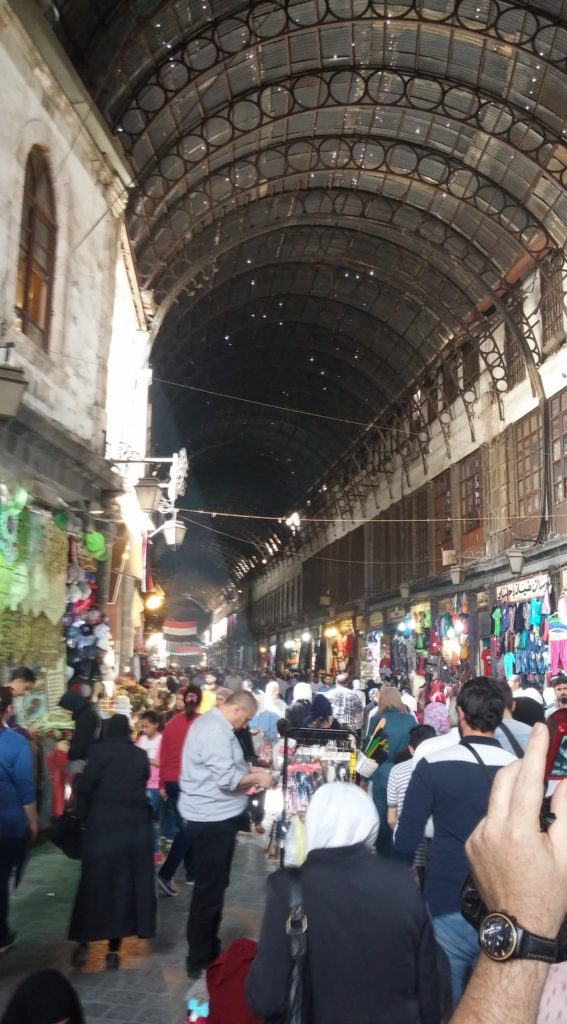
Hamidiyah Souk Damascus 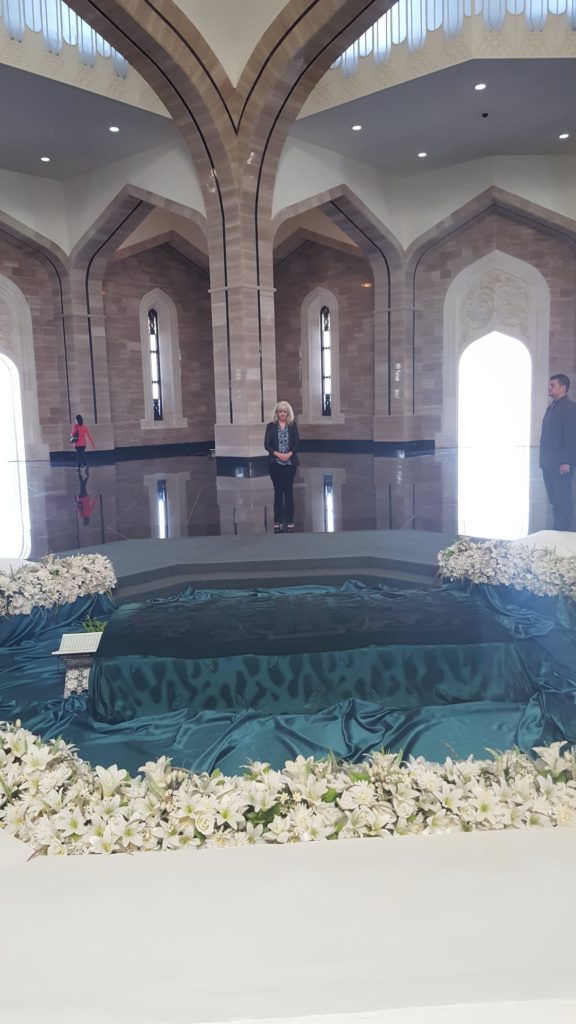
At the tomb of President Hafez al-Assad 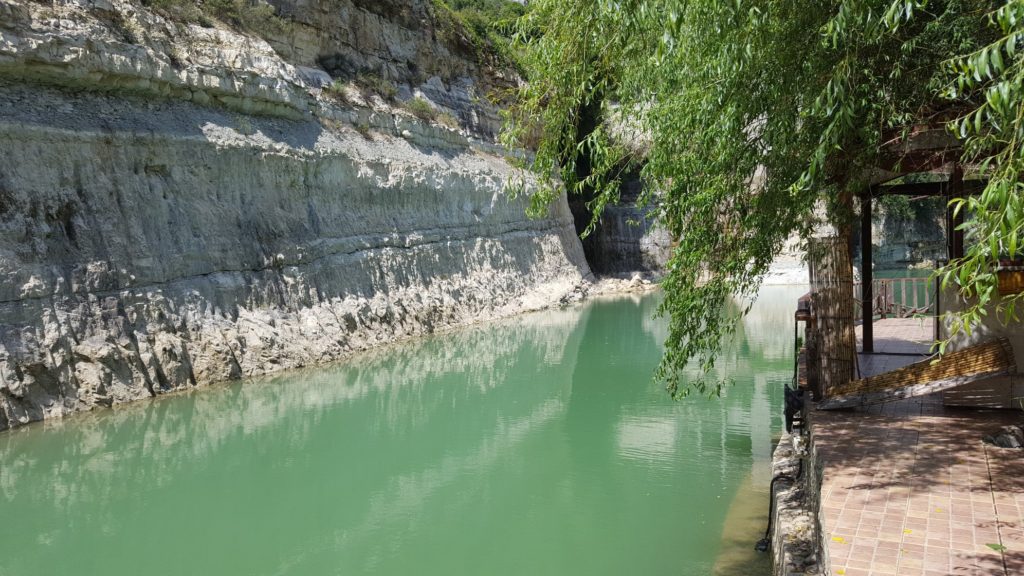
Wadi al-Malook in Lattakia countryside 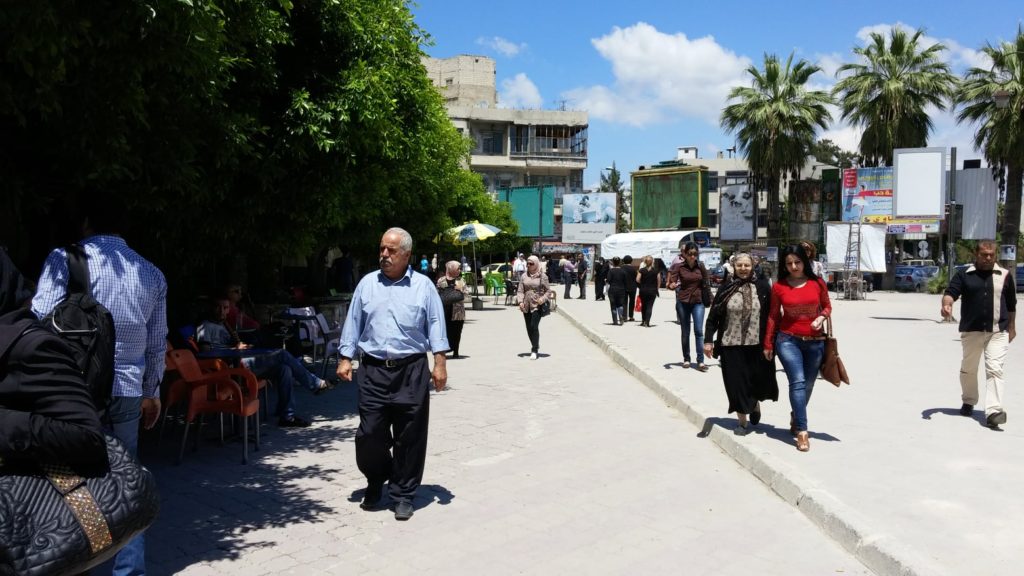
Lattakia City 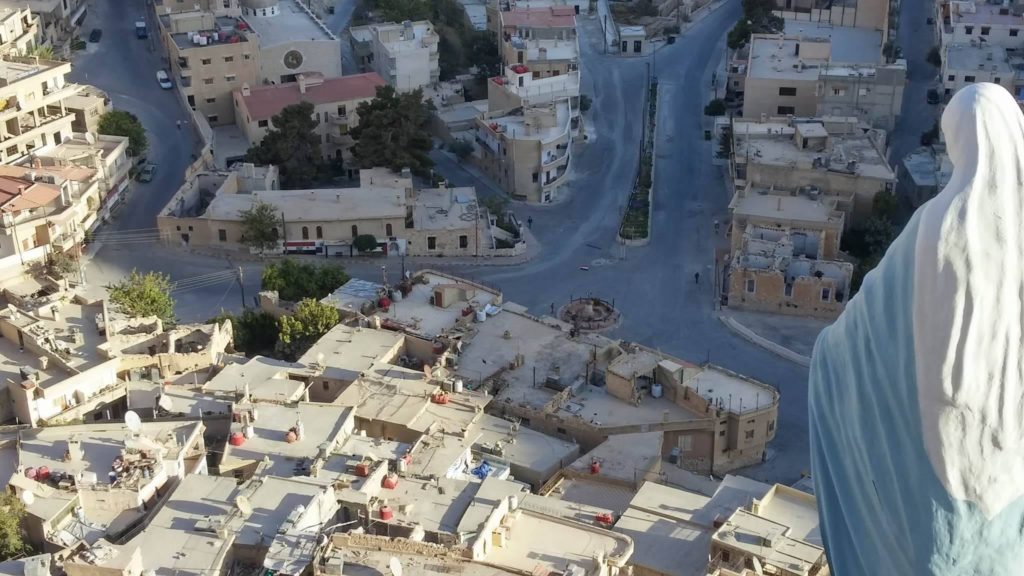
Ma’aloula 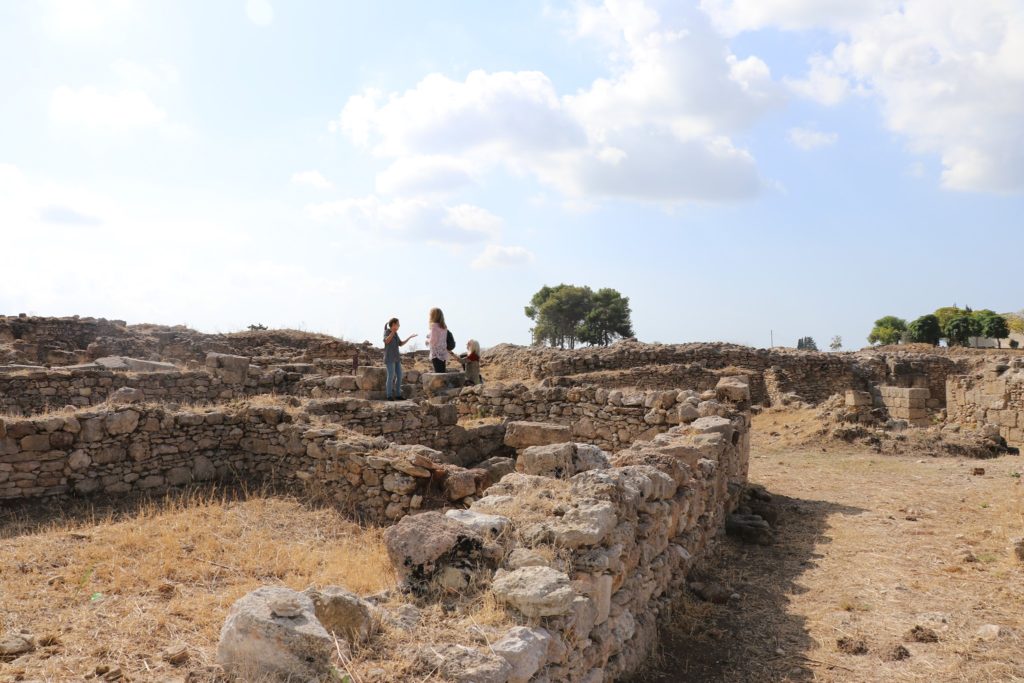
Ugarit 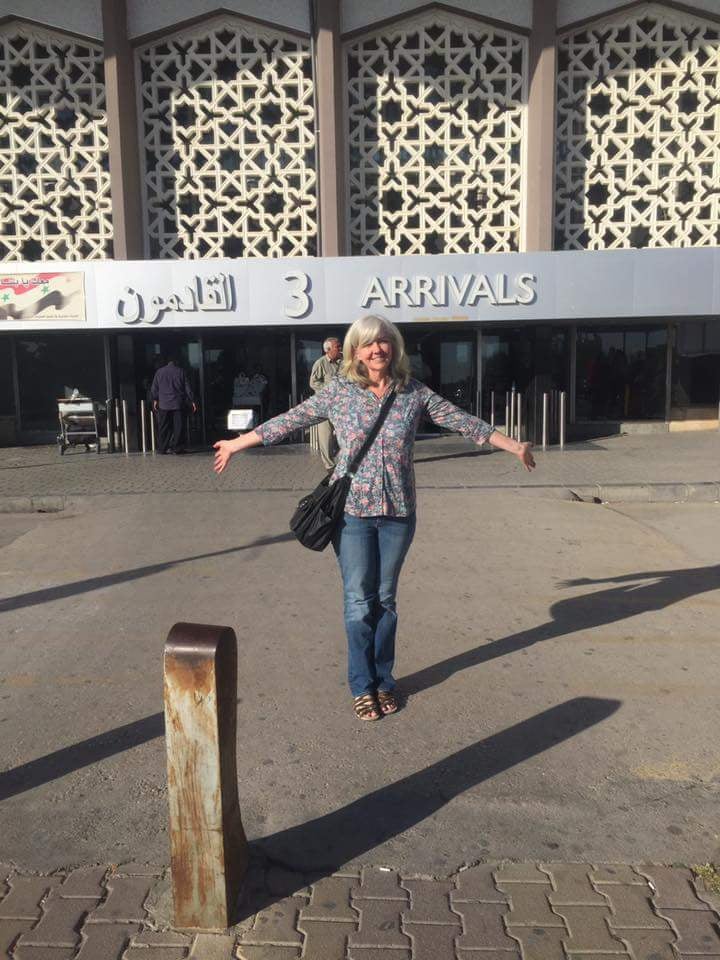
First time setting foot in Syria at the Damascus Airport May 2016

